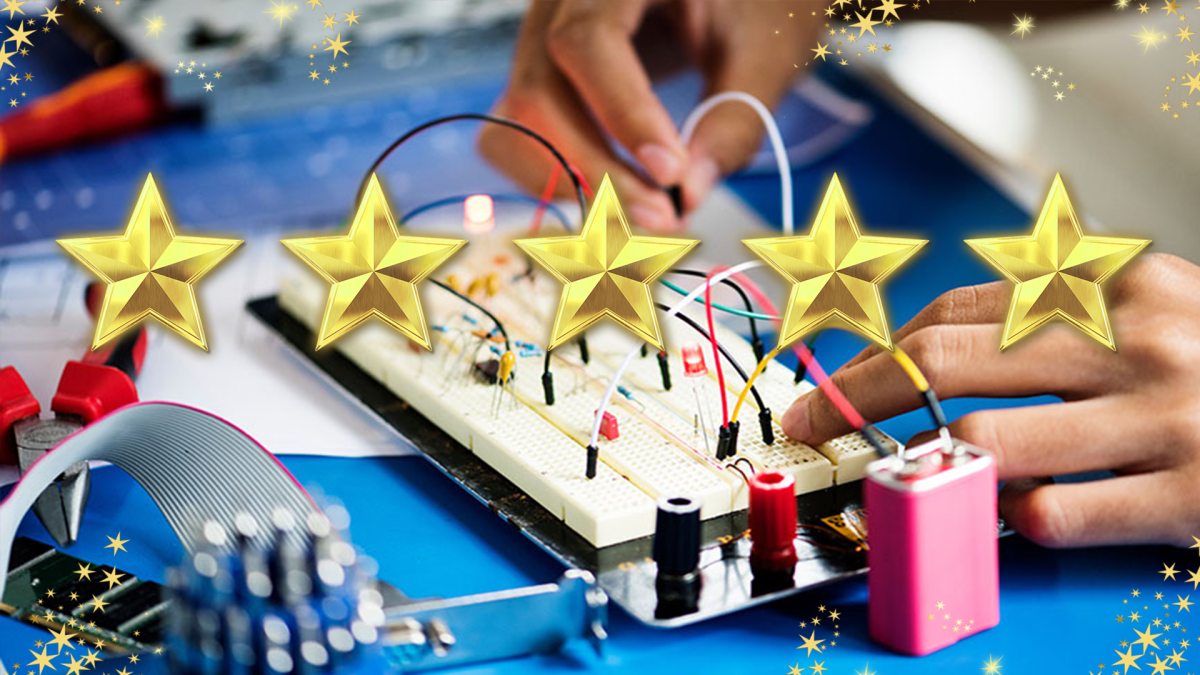Day one, Students will learn the history of the boomerang. Force and motion misconceptions when using the boomerang. Then day two, the students will engineer and design their boomerang. Finally, the
In this activity, students will build a shelter that protects them (cotton balls) from a volcanic eruption of lava and ash.
Students create a scale model representing earth's history in order to analyze how life has changed on earth over time.
This lesson walks students through the movement of air in the atmosphere and the energy that drives it. It contains a PowerPoint, activity, worksheet and assessment.
Lesson explores compounds, mixtures and solutions, defining each and what distinguishes them from each other. Students complete a lab as an introduction, use a PowerPoint to refine their knowledge and
Students measure the temperature of water as it cools to learn about heat transfer and thermal properties while using line of best fit, linear regressions and/or quadratic regressions.
Inspired by the picture book, "Count on Me," Kindergarten students will demonstrate the Engineering Design Process by collaboratively creating a model of a new toy for their playground, observing the
A lesson to teach students how to collect, organize, interpret data, make inferences, raise awareness, and suggest possible solutions on the water quality of the waterbodies in the state of Arizona.
Students will solve mysteries using a digital scale, systems of equations, and their ingenuity! It enhances problem-solving skills and understanding of mathematical concepts.
Students will construct an explanation using evidence to demonstrate that objects can affect other objects even when they are not touching. They will explore electric, magnetic, and gravitational
The students will be tracing and measuring their feet. Then as a class they will be creating a line plot graph. Next, they will answer a couple of questions about the line plot graph created. They
Day 4 of a 4 day unit (with an optional day 5) on hydroponics, urban farming and vertical farming. Students will learn about hydroponics used on the International Space Station and vertical farming
Day 3 of a 4 day unit (with an optional day 5) on hydroponics, urban farming and vertical farming. Students will learn about hydroponics used on the International Space Station and vertical farming
Day 2 of a 4 day unit (with an optional day 5) on hydroponics, urban farming and vertical farming. Students will learn about hydroponics used on the International Space Station and vertical farming
Day 1 of a 4 day unit (with an optional day 5) on hydroponics, urban farming and vertical farming. Students will learn about hydroponics used on the International Space Station and vertical farming
The lesson plan consists of three labs that students can perform to investigate photosynthesis by preparing a slide and observing the chloroplast, test for the presence of glucose in leaves and
This lesson is about the effect of enzymes on the rate of chemical reactions in biological systems.
Students will research and estimate the potential cost and benefit of building a very large solar energy facility is the Arizona desert. The main objective is for students to build math and modeling
This multi-day activity is designed for an introductory 4th grade STEM after school club. It can be easily modified for whole classes and for lower and upper grade levels. The activity has students
This lesson serves to provide an extension to lesson one. In this lesson, students will have the opportunity to build their own model of the solar system to scale, utilizing math concepts of exponents
Students will create a 3D bookmark in Tinkercad. I pace this unit for three days. Day 1 is the introduction of 3D printing and practice in Tinkercad. Days 2 and 3 are creating and sharing their
This is a lesson about finding the volume of cubes and students will build a final project out of cubes and calculate the total volume.
This investigation provides a fun and engaging way for students to learn about data collection, graphing, and proportional relationships while exploring the power of renewable energy. By applying
This is a lesson plan for 6th grade Math about the Surface Area of Rectangular Prisms. Students will be exploring and measuring real life examples in order to determine the surface area.
Featured Lesson Plans
Check out these notable lesson plans.

A Shocking Dystopia: STEM Adventures in The City of Ember Part 2 of 4: A Way to See in the Dark
This lesson is PART 2 of a four-lesson unit, which focuses on futures thinking, the phenomenon of electricity, closed-system agriculture, and water as a renewable energy resource. “The City of Ember”

A Shocking Dystopia: STEM Adventures in The City of Ember Part 1 of 4: Blackout! Community Circuits
This lesson is PART 1 of a four-lesson unit, which focuses on futures thinking, the phenomenon of electricity, closed-system agriculture, and water as a renewable energy resource. “The City of Ember”

Students will be able to collaboratively build, and program a simple robot using Lego Spike Prime kits. Students will demonstrate basic skills in robotics and coding by successfully constructing their
